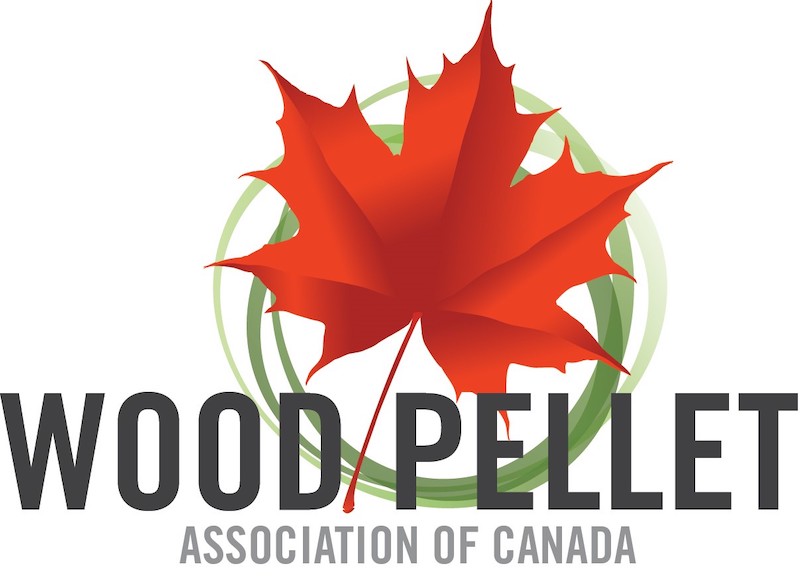
WPAC: findings of Dutch advisory board ‘fly in the face of international science’
July 21, 2020
By Gordon Murray, WPAC

The findings of the Dutch Social and Economic Council suggesting the Netherlands phase out the use of biomass for heating and electricity fly in the face of international science regarding biomass. In fact, the United Nations Intergovernmental Panel on Climate Change (IPCC), the world’s leading authority on climate change, has recognized the significant greenhouse gas (GHG) mitigation potential of biomass – as much as 80 to 90 per cent – provided that it is developed sustainably and used efficiently.
It is ironic that while the majority of European Union member states have met their legal obligations under the 2009 EU Renewable Energy Directive, the Netherlands, along with Luxemburg, are the two countries lagging furthest from meeting their GHG reduction targets. This seems to be the classic case of fiddling while Rome burns.
Canada currently exports wood pellets to the Netherlands. Canadian wood pellets are produced entirely from the residuals of sustainably managed forests that are highly regulated to comply with some of the most stringent regulations in the world, that are enforced by government and backed by independent certification. Carbon stocks in Canadian-managed forests are increasing. Less than 0.5 per cent of Canada’s forests are harvested annually and, of that, only a tiny portion – barely four per cent – is used for the purposes of producing biomass.
All of the fibre used to make Canadian wood pellets is either a direct by-product of the lumber industry or the purposeful extraction of dead, diseased or damaged or low-quality trees. Fibre from sawmills and branches, low-quality logs and other woody debris left behind after logging operations would otherwise end up in a landfill or be burnt on-site after harvest. The burnt, diseased or low-value trees are extracted to make way for fresh new growth to increase carbon stocks. Often, logs that don’t meet sawlog specification will be sent to secondary wood manufacturers or pulp mills, and any remaining logs are made available to pellet producers.
It is well established that Canadian wood pellets are renewable, sustainably produced and are contributing to substantial GHG reductions, all vitally important factors to the Netherlands meeting its climate obligations under the 2009 EU Renewable Energy Directive.
Print this page